A list of the seven ancient wonders of the world, and how to visit their remains.
Humans are incredible creatures.
Proof of our ingenuity is found all across the world, from twisting living root bridges in India, to towering skyscrapers piercing clouds over Hong Kong.
There’s no denying the skill required for the architectural masterpieces of the modern day, but it’s the wonders of the ancient world that truly blow my mind.
Lost in the past
Confession: the ancient civilizations have been a fascination of mine since the days of my nerdy prepubescent youth.
I spent hours playing computer games leading me through ancient Rome and down the Nile, and devoured books about the numerous tales that weave the tapestry of Greek mythology. My school lessons were spent learning about American history and accomplishments, but all I could do was scoff; what does it matter that New York was built on a swamp, when the Romans had plumbing more than 2,000 years ago?
Years later, my fascination persists but now, rather than pore over books and glue myself to the television, I can visit the ancient wonders of the world in the flesh!
What are the seven ancient wonders of the world?
Most of us are familiar with the seven wonders of the modern world, but for those who didn’t play enough video games to memorize them not in the know, the seven ancient wonders of the world are:
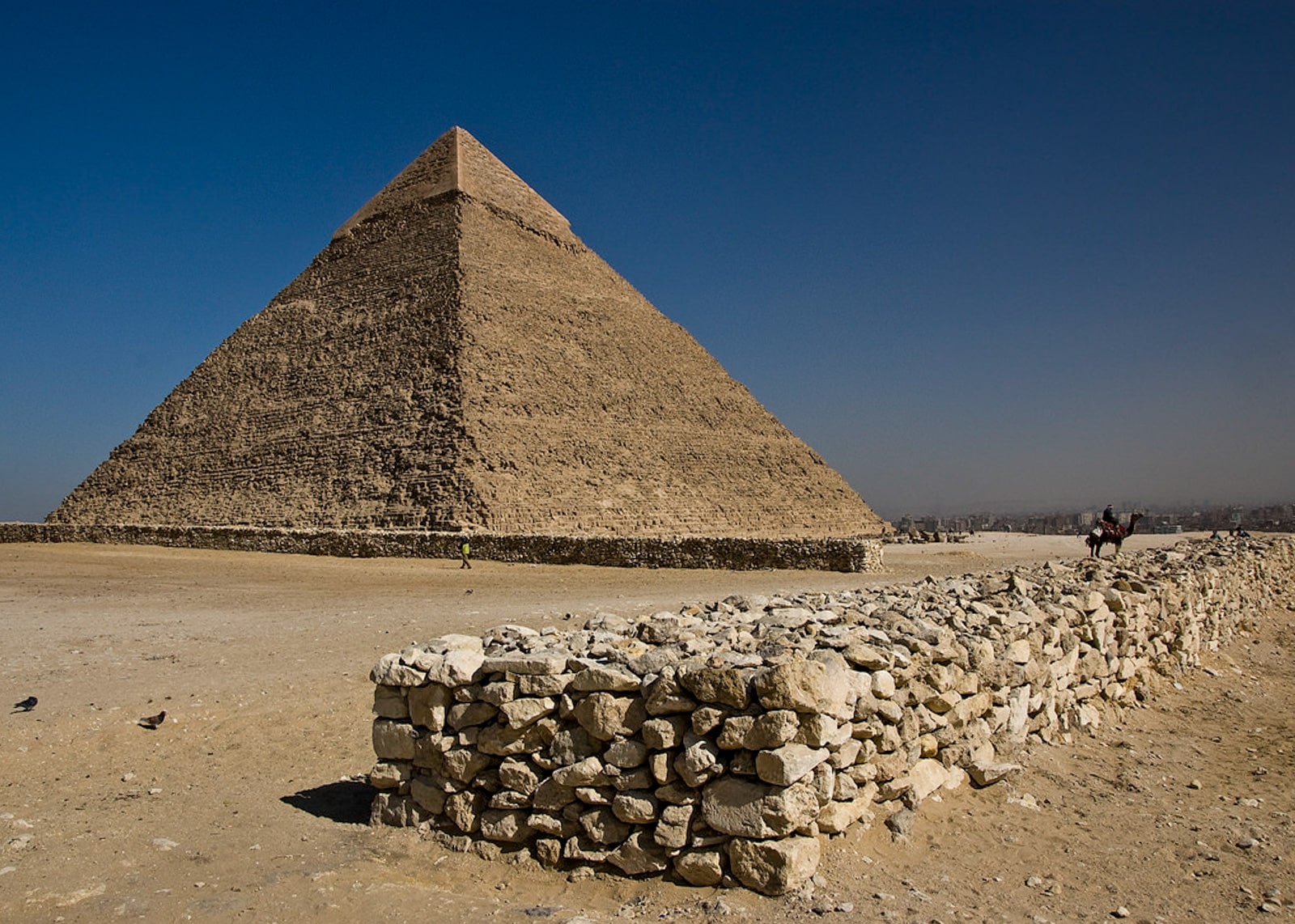
The Great Pyramid in Giza. Photo by Keith Yahl.
1. The Great Pyramids of Giza (Egypt)
The pyramids are the most famous of all the ancient wonders and the only ones left standing. Built as tombs for the pharaohs between 3,000 and 2,000 BCE (yes, they’re more than 4,500 years old), the pyramids are situated about 15 kilometers outside of Cairo.
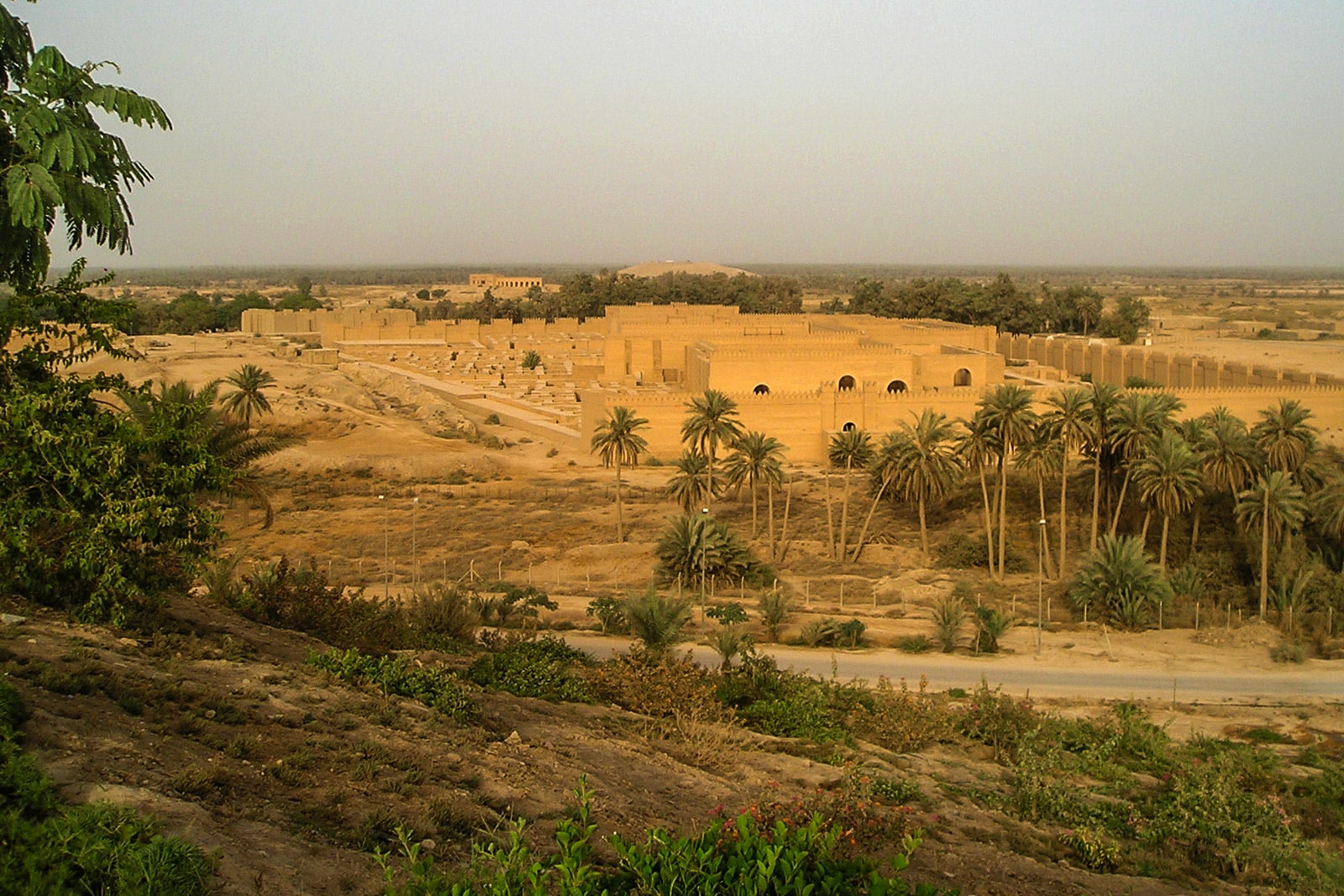
Ruins of Babylon. Photo from Wikimedia Commons.
2. The Hanging Gardens of Babylon (Iraq)
Legend has it that King Nebuchadnezzar of the ancient city of Babylon built the hanging gardens for his wife. The gardens were situated atop tall pillars, with plants cascading down, which looked spectacular from below. Though some scholars believe the Hanging Gardens of Babylon never existed—at least not in Babylon—others place them near Hillah, Iraq, the center point of ancient Babylon.
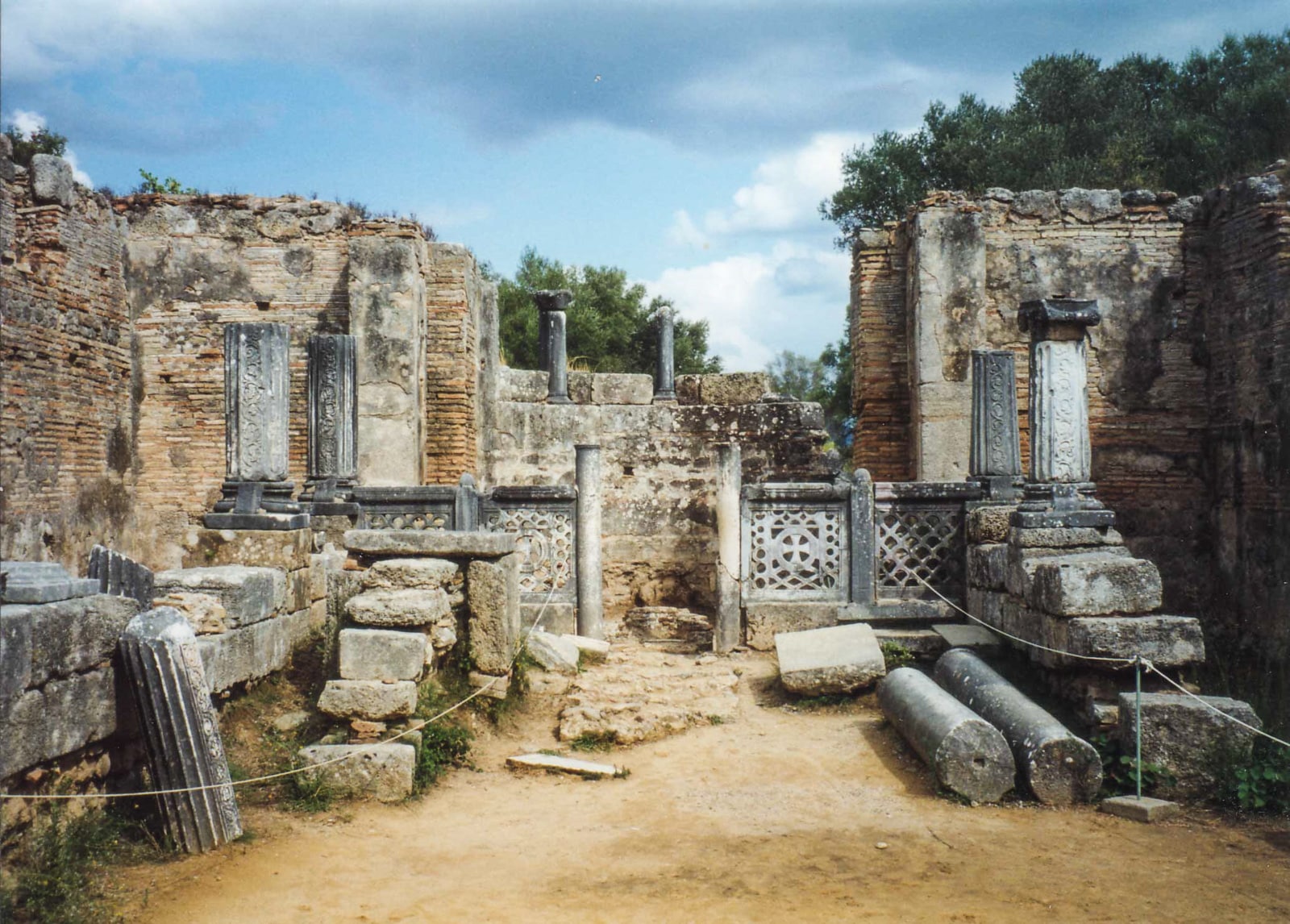
Workshop of Pheidias, where the statue supposedly was built. Photo by Alun Salt.
3. The Statue of Zeus at Olympia (Greece)
You may recognize the name “Olympia” as it was the site of the first Olympics. The significance doesn’t stop there. The remains of a temple to Zeus, god of Thunder and father of the Olympics, can still be found in Olympia. A towering statue of Zeus used to live inside the temple, but was eventually shifted to Constantinople in the 4th century CE (where it was later destroyed), when Christian priests demanded the closure of Zeus temple.
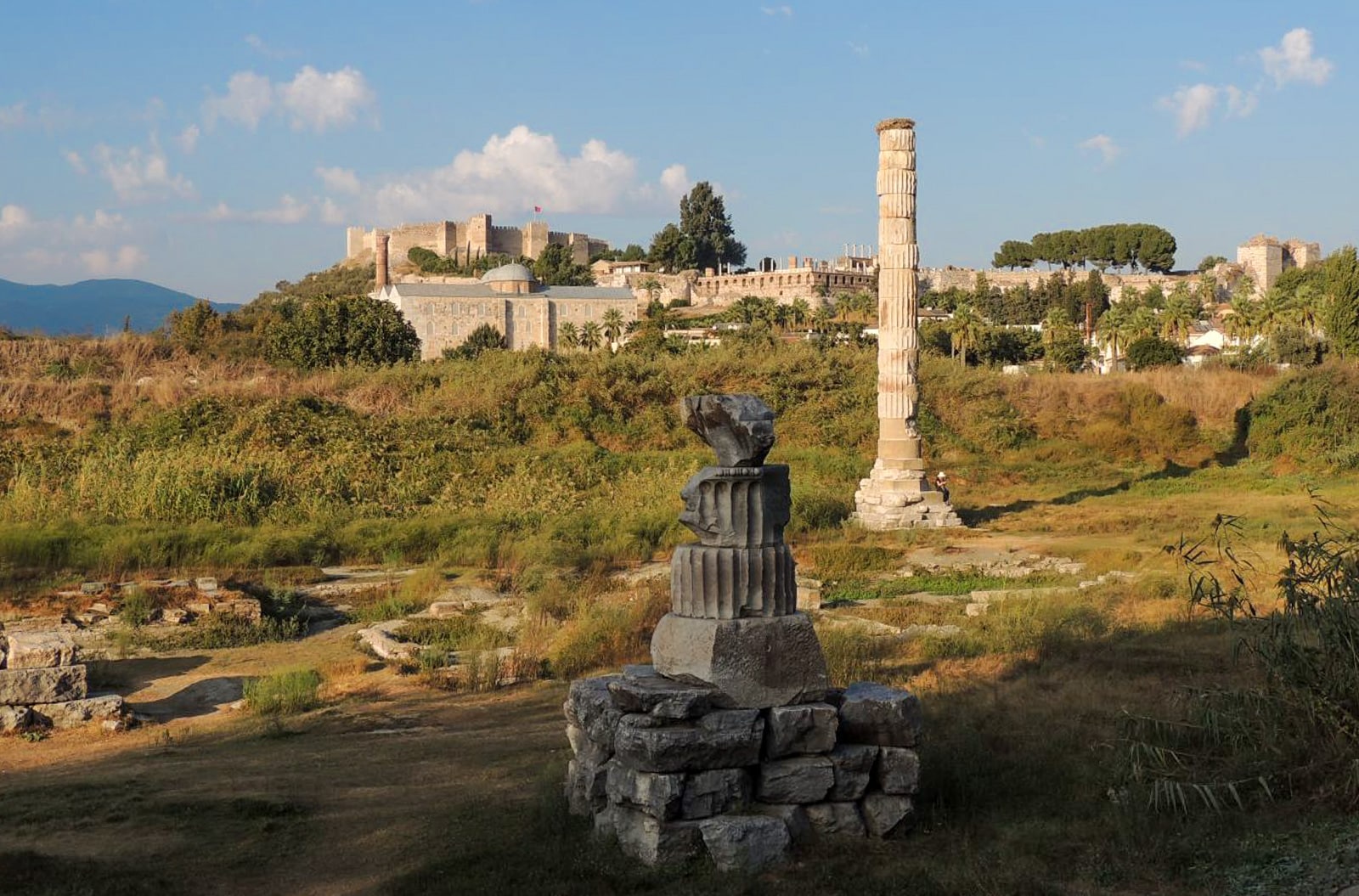
A rebuilt column of the Temple of Artemis to give an idea of scale. Photo by Anita Gould.
4. The Temple of Artemis in Ephesus (Turkey)
In Greek mythology, Artemis was the maiden goddess of the hunt and protector of young women. There were actually multiple temples to Artemis in Ephesus, but the most renowned temples were built between 550 and 350 BCE. These days, only the foundations of the temples are visible, but the port city of Ephesus is still a hub for tourists traveling by both land and boat and there are many more ruins in Ephesus to help you craft a thorough mental image.
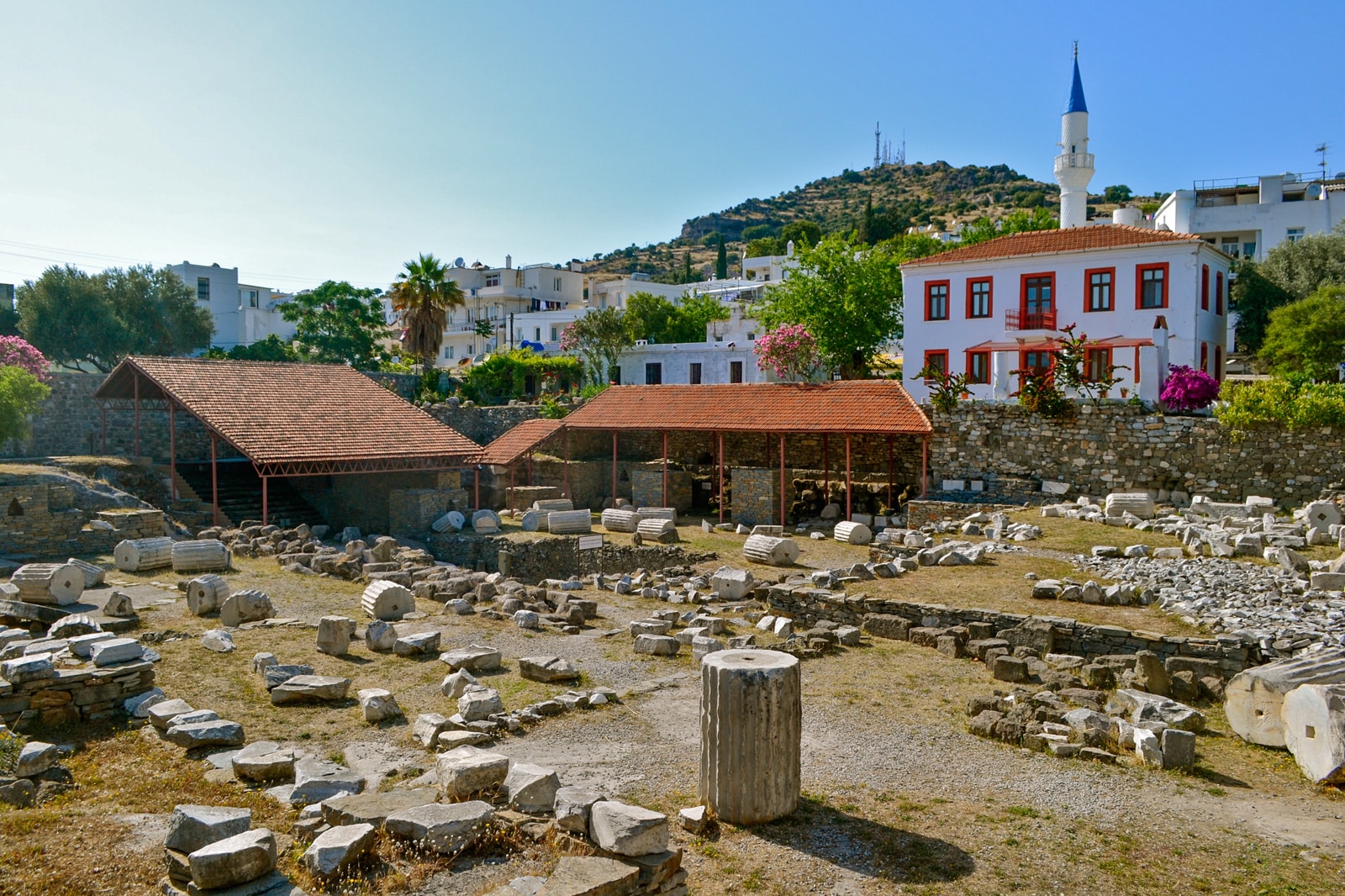
Ruins of the mausoleum. Photo by Tom Doel.
5. The Mausoleum at Halicarnassus (Turkey)
We’ve all heard the word “mausoleum” before, but did you know this was the mausoleum that coined the term? The now-ruins of the mausoleum near Bodrum, Turkey, housed the remains of the Carnian king Mausolus and his wife Artemisia. Stories say the original structure was built by grief-stricken Artemisia in the wake of her husband’s death. Her grief was understandable, given her husband was also her brother. And you thought Game of Thrones was strange.
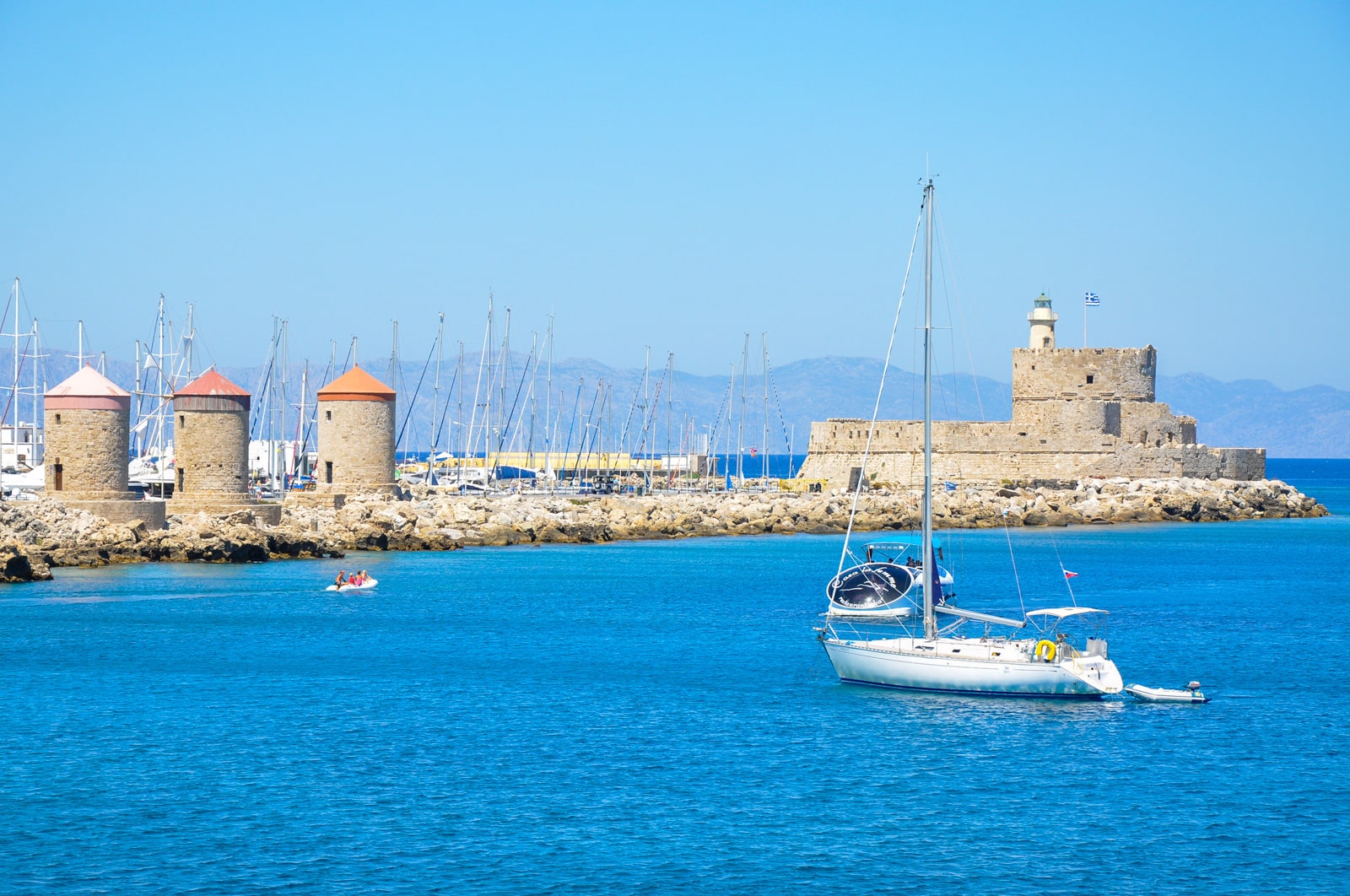
The harbor of Rhodes. Photo by Jorge Lascar.
6. The Colossus of Rhodes (Greece)
The Colossus of Rhodes was a statue of Helios, god of the sun. It was once the tallest in the modern world but, as you can guess by now, there’s nothing left to show for it. It’s said the statue was approximately 100 feet tall, but an earthquake brought it to its figurative knees around 220 BCE. Arab traders eventually sold its bronze remains for scrap metal centuries later. Nevertheless, Rhodes is a pleasant Greek seaside city to visit, and only a short hop from Athens.
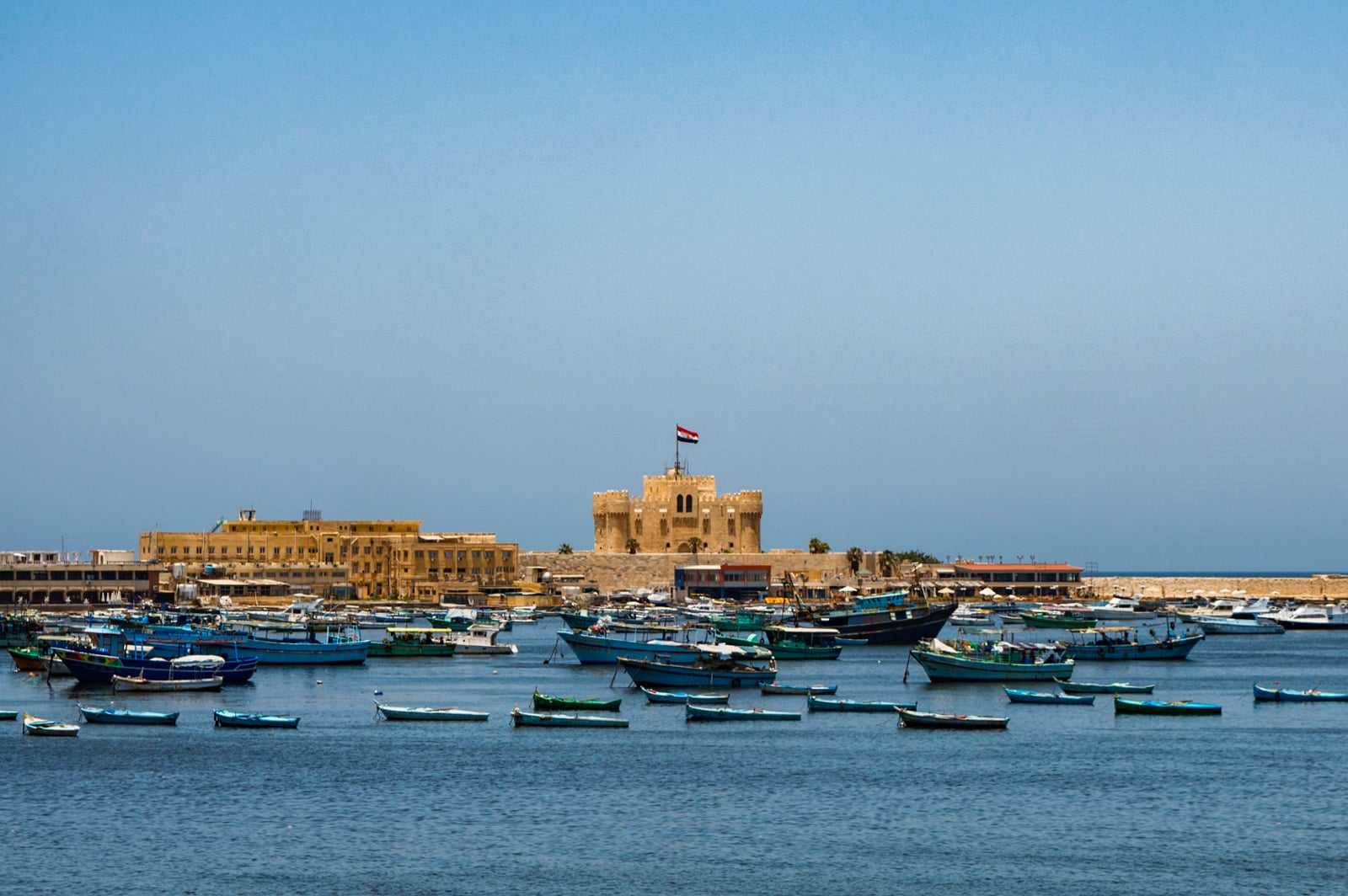
Fort Qaitbey, built where the Lighthouse of Alexandria once stood. Photo by ASaber91.
7. The Lighthouse of Alexandria (Egypt)
Ships traversing the Nile River once used this lighthouse to guide them to the busy port of Alexandria. The lighthouse’s untimely demise is similar to other wonders on this list: it was brought down by a series of earthquakes between 956 and 1323 CE. Most of its remains lie at the bottom of the river, but you can still visit Fort Qaitbey, which was built using some of the stones from the original lighthouse. The fort is on Pharos Island near Alexandria, where the lighthouse once stood.
Can I still visit the seven ancient wonders of the world?
Alas! Herein lies the issue with being fixated on the ancient world: six of the seven wonders no longer exist. The Great Pyramid is the only wonder of the ancient world left standing, while the rest were devastated throughout the ages by both man and nature. Humans are brilliant at their best, but forces of destruction at their worst.
Of course, that’s no reason to stay away from the sites of the ancient wonders. Iraq, Turkey, Egypt, Greece – these are home to some of the greatest civilizations in mankind’s history. Though the ancient wonders no longer stand tall, there are endless ruins, museums, and other archaeological sites to satisfy even the most ardent of history buffs. Besides, many of these civilizations didn’t disappear; they simply evolved. Though the Lighthouse of Alexandria is gone, the city still remains, and Egypt is just as abuzz with life as it was thousands of years ago.
One building does not a civilization make. Visit these places not to check off a box on your list, but to be able to stand where these wonders once stood, to let your imagination run wild amongst a sea of modernity. There’s something surreal about seeing the legends of the past reconcile with the sharp reality of the present, and I know that is what will ultimately draw me to the sites of our ancient world wonders.
Cover photo: Pyramid at Giza by Christopher Michel.
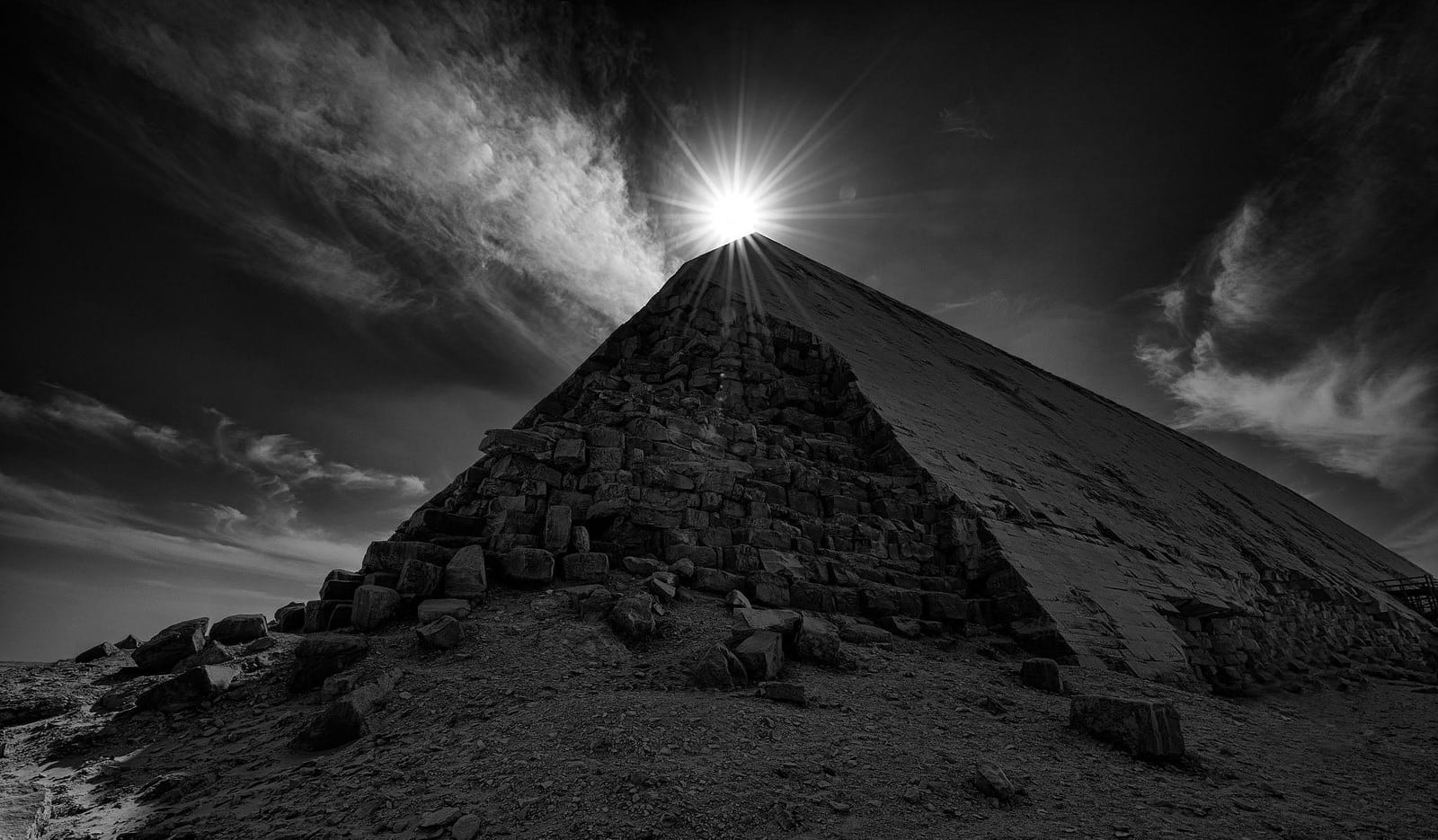


One thought on “Tour the Seven Ancient Wonders of the World”